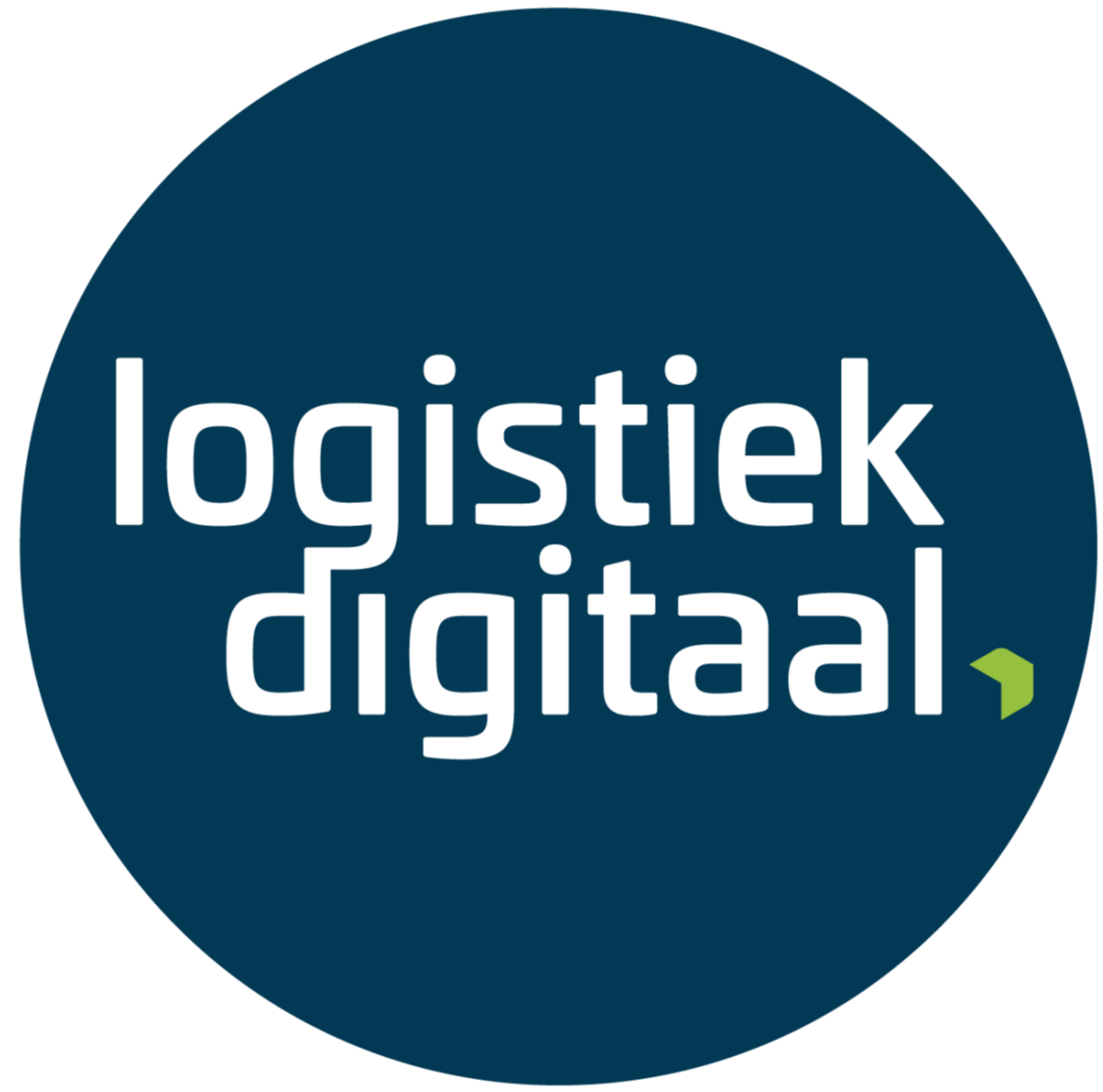Building a data-driven infrastructure
About this course
Building a data-driven infrastructure is crucial for leveraging the full potential of data. In this context, infrastructure refers to the full spectrum of software and technologies (and their interrelationships) required to accomplish optimal advantage of data in relation to the company objectives.
This course takes you through the various core components of a data-driven infrastructure, guided by the CRISP-DM model. After completion of the chapter, you have a basic understanding of what kind of infrastructure stack is needed to develop and deliver data-driven solutions for the logistics Industry.
More about the authors
Rob van der Willigen, a seasoned Data Scientist with a background in Biophysics and Neurosciences, spearheads the AI & Ethics program at Rotterdam University of Applied Sciences. His expertise lies in crafting data infrastructure that fuels the development of explainable AI models, tailored to a wide range of applications, encompassing data-driven Logistics 4.0, Healthcare Technology, Large Language Modelling, the Internet of Things, and Cyber-Physical Systems.
Dr. Quan Zhu is a senior researcher from the research group Process Innovation & Information Systems in HU University of Applied Sciences Utrecht. Quan has done various research on online grocery, supply chain risk management, supply chain integration, supply chain learning, Internet of Things (IoT) enabled condition-based maintenance, and sustainable/circular supply chain. His current research interests include circular supply chain and digitalization. In his research, Quan would like to provide new insights into the relationship between circular supply chain and digitalization, together with practical partners.


